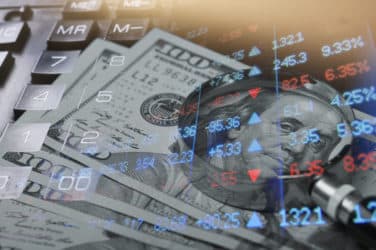
Financial services professionals are closely watching the upcoming U.S. presidential election, which is expected to have meaningful implications for capital markets.
Perhaps nowhere is this more the case than in foreign exchange, which in recent years has felt regulatory encroachment for the first time, after historically being a self-policing market.
“A main consideration in the FX market is U.S. regulation,” said Jill Sigelbaum, head of FX at Traiana, a provider of post-trade, risk-management, and compliance services. “There is a feeling that depending on the outcome of the U.S. presidential election, regulation in the FX market could change significantly.”
Democrat Hillary Clinton, who holds a narrow polling lead over Republican Donald Trump, has indicated she would leave the Dodd-Frank Wall Street Reform and Consumer Protection Act in place, and maybe even go further. Trump has said he would scuttle the sweeping ruleset, which President Obama signed into law in 2010.
Dodd-Frank is broadly aimed at reducing systemic risk, by making markets more transparent and curbing behavior that’s considered risky. Specifically, Dodd-Frank has barred banks from engaging in proprietary trading and implementing more conservative capital and leverage ratios, while mandating more disclosure from hedge funds and stronger standards for clearing houses.
Adding to the uncertainty is that Dodd-Frank has yet to be fully implemented, so its future under the next presidential administration is unknown even before its true effectiveness (or lack thereof) can be known.
With regard to FX market regulation, “there’s been a debate about cleared versus non-cleared, prime brokered flow versus non-prime brokered flow. There’s so much up in the air right now,” Sigelbaum told Markets Media. “It’s one of the most uncertain times I’ve ever seen in the market. In some ways it’s paralyzing. There have been a lot of unexpected occurrences, and I think most companies are adopting a wait-and-see approach.”
One ongoing FX market structure change is the evolution of buy-side trading from heavy reliant on sell-side technology and execution services, to a more self-directed model. Nearly one-third of 2015 institutional FX volume was executed through algorithmic trading models, up from about one-quarter in 2014, according to consultancy Greenwich Associates.
“There is a big push for the buy side to take control over their technology solutions,” Sigelbaum said. “Traiana manages post-trade from execution through to settlement. In the past, we were always a service provider to the sell side, but now we’re finding there’s more demand from the buy side than ever before. Much of that comes from the sell side not having the appetite or funding or head count to service their clients the way they used to.”




